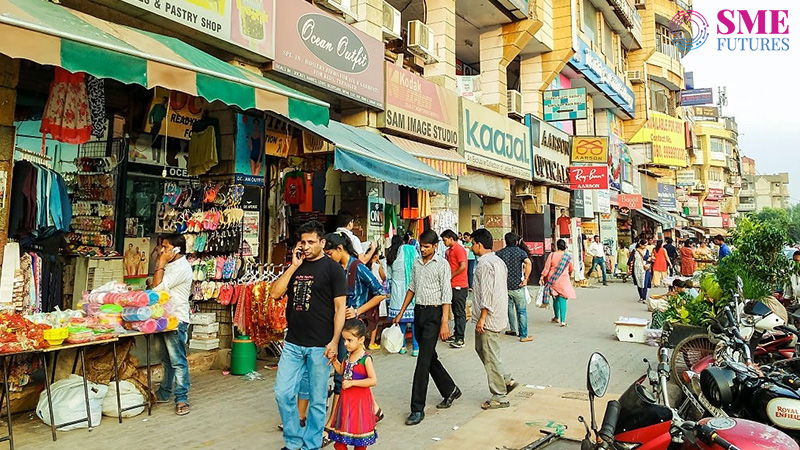India’s economy is expected to grow at 8-8.5 per cent in the next fiscal, said the Economic Survey 2021-22 which was presented in Parliament by Union Finance Minister Nirmala Sitharaman.
According to the Survey 2021-22, the building back of the economic momentum along with enhanced vaccination drive as well as the likely long-term benefits of supply-side reforms in the pipeline, the Indian economy is in a good position to witness GDP “growth of 8.0-8.5 per cent in 2022-23”.
Nonetheless, it pointed out that the global environment still remains uncertain.
“At the time of writing, a new wave in the form of the Omicron variant was sweeping across the world, inflation had jumped up in most countries, and the cycle of liquidity withdrawal was being initiated by major central banks.
“Despite all the disruptions caused by the global pandemic, India’s balance of payments remained in surplus throughout the last two years,” it said.
This trend, it said, has allowed the Reserve Bank of India to keep accumulating foreign exchange reserves.
“The combination of high foreign exchange reserves, sustained foreign direct investment, and rising export earnings will provide an adequate buffer against possible global liquidity tapering in 2022-23.”
India opted for the Barbell strategy
Faced with all this uncertainty, the government of India opted for a “Barbell Strategy” that combined a bouquet of safety-nets to cushion the impact on vulnerable sections of society/business, with a flexible policy, said the Economic Survey 2021-22.
The last two years have been particularly challenging for policy-making around the world with repeated waves from a mutating virus, travel restrictions, supply-chain disruptions and more recently, global inflation.
This is a common strategy used in financial markets to deal with extreme uncertainty by combining two seemingly disparate legs. The iterative leg of this strategy is the same as the “Agile” approach that uses feedback-loops and real-time adjustment.
This explains why the government’s initial measures in 2020-21 were mostly about making food available to the poor, providing emergency liquidity support for MSMEs and holding the Insolvency and Bankruptcy Code in abeyance.
Once these were in place, the Government made its way forward by regularly announcing packages targeted at specific challenges. Contrast this with the approach adopted by many other countries pre-committing to a particular response path.
Sanjeev Sanyal, Principal Economic Adviser wrote in the introduction of the Economic Survey that the default mode of policy-making in India and most of the world has traditionally been to rely on a pre-determined “Waterfall” approach – an upfront analysis of the issue, detailed planning, and finally meticulous implementation. This is the framework that underpins five-year plans and rigid urban master plans.
“The problem is that the real world is a complex and unpredictable place buffeted by all kinds of random shocks and unintended consequences. The response of traditional economics was to create ever more detailed plans/regulations, and elaborate forecasting models despite more than adequate evidence that this did not improve outcomes. In his Nobel Prize acceptance speech, economist Friedrich Hayek dubbed this ‘The Pretence of Knowledge,” Sanyal said.











